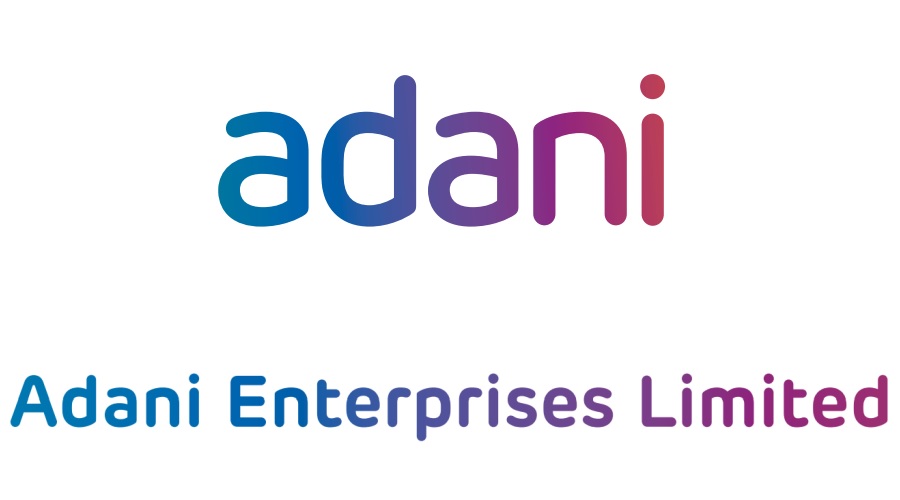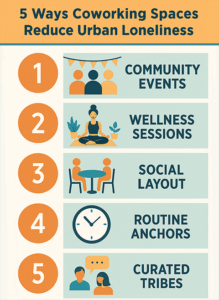In this article, we dissect the Adani Enterprises Business Model to explain and understand how the Business Model of Adani Enterprises is structured.
Adani Enterprises, a major player in the Indian business landscape, has consistently transformed and adapted to the changing market scenarios over the years. Founded by Gautam Adani in 1988, the Adani Group has successfully diversified into various sectors, including energy, logistics, and infrastructure. This blog post will examine the business model of Adani Enterprises using Alexander Osterwalder’s Business Model Canvas, tracing the company’s origins and the story behind its inception. We will also delve into relevant examples that highlight the company’s growth and adaptation strategies.
The Origins of Adani Enterprises
Gautam Adani, the driving force behind Adani Enterprises, was born in 1962 in Ahmedabad, India. His entrepreneurial journey began at a young age, working in his brother’s diamond business in Mumbai. However, Gautam soon realized that his true passion lay in starting his own venture.
In 1988, Gautam Adani founded Adani Exports Limited (later renamed Adani Enterprises Limited) as a partnership firm with his brother, Rajesh Adani. The company initially focused on trading agricultural and power sector commodities. With India’s liberalization policies in the early 1990s, Adani Enterprises capitalized on the opportunity to expand its business operations.
The story behind Adani Enterprises’ inception is rooted in Gautam Adani’s unwavering vision and resilience. His determination to build a world-class organization that would contribute to India’s growth and development has been a cornerstone of the company’s success.
Understanding the Business Model Canvas of Adani Enterprises
To analyze Adani Enterprises’ business model, we will use Alexander Osterwalder’s Business Model Canvas. The canvas consists of nine building blocks that form the foundation of any business. These include Customer Segments, Value Proposition, Channels, Customer Relationships, Revenue Streams, Key Resources, Key Activities, Key Partnerships, and Cost Structure. By dissecting Adani Enterprises’ business model, we can better understand the strategic decisions that have contributed to the company’s success.
- Customer Segments
Adani Enterprises caters to a wide range of customer segments due to its diverse business interests. Some of its key customer segments include:
- Industrial and commercial customers: As a provider of integrated energy solutions, Adani Enterprises serves industrial and commercial clients across various sectors, including manufacturing, construction, and retail.
- Government and public sector organizations: Adani Enterprises provides infrastructure services to government and public sector organizations, such as the development and maintenance of ports, roads, and airports.
- Residential consumers: The company’s renewable energy division focuses on providing clean and sustainable energy to residential consumers.
- International clients: Adani Enterprises also caters to international clients, particularly in its trading and export activities.
- Value Proposition
Adani Enterprises’ value proposition lies in its ability to deliver high-quality, integrated solutions across various sectors, leveraging its extensive experience and robust infrastructure. Some of the key elements of its value proposition include:
- End-to-end solutions: The company offers comprehensive solutions to clients, from sourcing raw materials to providing logistical support and energy generation.
- Diversification: Adani Enterprises’ diversified business interests allow it to offer clients a wide range of services, reducing dependencies on any one sector.
- Vertical integration: The company’s focus on vertical integration helps maintain control over the entire value chain, ensuring quality and cost efficiency.
- Sustainability: Adani Enterprises places a strong emphasis on sustainable business practices, particularly in its renewable energy division.
- Channels
Adani Enterprises employs various channels to reach its customers, including:
- Direct sales: The company reaches out to its clients directly, particularly in the case of large industrial and commercial customers.
- Partnerships: Adani Enterprises forms strategic partnerships with other organizations to expand its reach and offer specialized services to its clients.
- Online presence: The company maintains an online presence through its official website, social media accounts, and other digital platforms to engage with customers and showcase its offerings.
- Distribution networks: Adani Enterprises leverages its extensive distribution networks, particularly in its trading and export activities, to ensure efficient delivery of goods and services.
- Customer Relationships
Adani Enterprises has cultivated long-term customer relationships by focusing on the following key aspects:
- Quality service delivery: The company’s commitment to delivering high-quality, reliable services has helped it gain customer trust and foster long-term relationships.
- Customized solutions: Adani Enterprises works closely with clients to develop tailored solutions that cater to their specific needs, ensuring greater customer satisfaction.
- Responsiveness: The company prides itself on being responsive to customer needs, addressing concerns, and providing support promptly.
- Continuous engagement: Adani Enterprises continually engages with its clients through various channels, keeping them informed of new developments, services, and opportunities.
- Revenue Streams
Adani Enterprises derives its revenue from multiple sources due to its diverse business interests. Some of the primary revenue streams include:
- Sales of goods and services: The company earns revenue from the sale of commodities, energy, and infrastructure services to its various customer segments.
- Trading and export activities: Adani Enterprises’ trading and export activities generate revenue through the sale of goods in international markets.
- Project development and management fees: The company earns fees for the development and management of infrastructure projects.
- Government contracts: Adani Enterprises secures revenue from government contracts related to infrastructure development and maintenance.
- Key Resources
Adani Enterprises’ key resources can be categorized as follows:
- Physical assets: The company’s extensive infrastructure, including ports, power plants, and distribution networks, forms the backbone of its operations.
- Human resources: Adani Enterprises relies on its skilled workforce, including engineers, project managers, and sales professionals, to deliver quality services to its clients.
- Intellectual property: The company’s proprietary technology and processes, particularly in the renewable energy sector, contribute to its competitive advantage.
- Capital: Adani Enterprises’ financial resources enable it to invest in new projects, expand its operations, and pursue strategic acquisitions.
- Key Activities
Adani Enterprises’ key activities include:
- Infrastructure development and maintenance: The company develops and maintains various types of infrastructure, such as ports, roads, and airports.
- Energy generation and distribution: Adani Enterprises is involved in the generation, transmission, and distribution of power from various sources, including renewable energy.
- Commodity trading and export: The company engages in the trading and export of commodities, such as agricultural products and minerals.
- Project management: Adani Enterprises manages and oversees the implementation of large-scale infrastructure projects.
- Key Partnerships
Adani Enterprises forms strategic partnerships with various organizations to enhance its offerings, expand its reach, and maintain a competitive edge. Some of its key partnerships include:
- Technology providers: The company collaborates with technology providers to develop innovative solutions, particularly in the renewable energy sector.
- Government and regulatory bodies: Adani Enterprises works closely with government and regulatory agencies to secure contracts and ensure compliance with industry standards.
- International partners: The company partners with international organizations to facilitate trading and export activities.
- Financial institutions: Adani Enterprises partners with banks and other financial institutions to secure funding for its projects and operations.
- Cost Structure
Adani Enterprises’ cost structure primarily comprises:
- Operational costs: The company incurs operational expenses related to the maintenance and management of its physical assets, such as power plants and ports.
- Employee salaries and benefits: Adani Enterprises invests in its workforce, offering competitive salaries and benefits to attract and retain talent.
- Research and development: The company allocates resources to research and development initiatives, particularly in the renewable energy sector, to drive innovation and maintain a competitive edge.
- Marketing and promotion: Adani Enterprises incurs costs related to marketing and promotional activities to create brand awareness and showcase its offerings.
- Financing costs: The company incurs interest and financing expenses related to loans and other forms of external funding.
- Regulatory compliance: Adani Enterprises faces costs associated with meeting regulatory requirements and maintaining compliance with industry standards.
Adani Enterprises’ remarkable growth and success can be attributed to its diversified business model, vertical integration, and emphasis on sustainability. By leveraging Alexander Osterwalder’s Business Model Canvas, we have gained a deeper understanding of the company’s strategic decisions and the factors that have contributed to its success.
From its humble beginnings as a trading company, Adani Enterprises has transformed into a multinational conglomerate with interests spanning across various sectors. The company’s commitment to delivering high-quality, integrated solutions, combined with its ability to adapt to market changes, has enabled it to maintain its competitive edge and thrive in a dynamic business environment.
By dissecting the company’s business model using the Business Model Canvas, aspiring entrepreneurs can glean valuable insights into the strategic decisions and resource allocation that have contributed to Adani Enterprises’ success. This analysis serves as a valuable case study for entrepreneurs seeking to build a successful, diversified business that can withstand market fluctuations and deliver long-term value to its stakeholders.
Did you know? Corporate teams like to use our coworking space in Bangalore.
Learn more about our coworking space on YouTube where we talk about a variety of topics including personal finance, entrepreneurship, business and life.
Did you know? We also have a private theatre in Bangalore.




